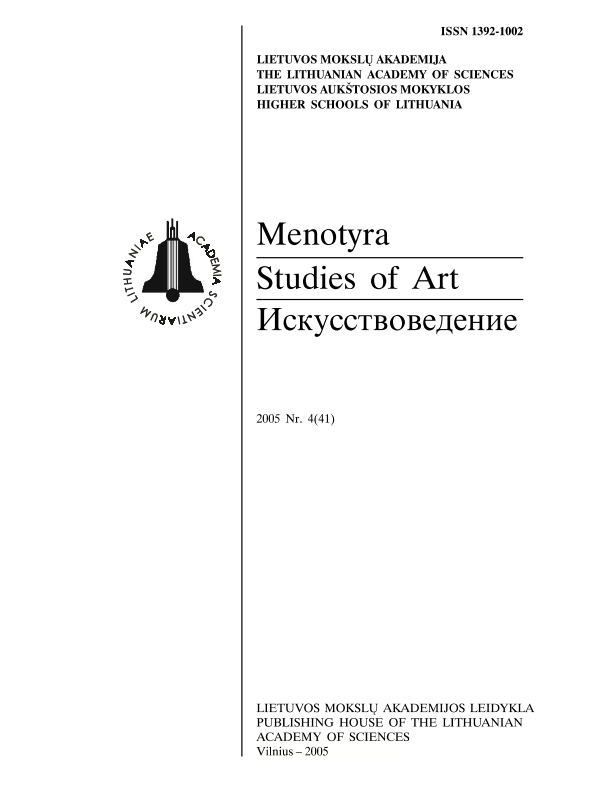Ji tiesė Vilniuje kelius Varšuvos Redutai...
In Vilnius it laid the traditions of Warsaw's Reduta...
Author(s): Irena FedorovičSubject(s): Theatre, Dance, Performing Arts, Cultural history, Music, 19th Century, Pre-WW I & WW I (1900 -1919)
Published by: Lietuvos mokslų akademijos leidykla
Summary/Abstract: The artists' society "Lutnia" consisted of choirs led by Zygmunt Nagrodzki and secretly operating since 1897, and also of an amateur orchestra which was founded in the drawing school. It was the same drawing school that was reformed by the famous philanthropist and director of Agriculture Bank, Józef Montwiłła. It was home to this artists' society until the 1910/1911 season. The initiator of the society's goals, as well as its treasurer, was Alojzy Perzanowski, and the founder of "Lutnia" was Józef Montwiłła."Lutnia" saw it as a goal to "offer opportunities for its members to pleasantly spend their leisure time and to cherish the art of music" as well as to popularize Polish literature and art. At first there was only a vocal-musical branch in the society, but later sections for drama and literature, as well as for science were formed. The people responsible for the artistic section were Jan Leśniewski (choir), Mikołajus Salnicki (orchestra), Stanisław Bogucki (opera section), and Antoni Rodkiewicz-Kliszewski (drama section). These sections spread their work using popular means and organized the so-called "Poetry evenings" and "Vocal-musical evenings", which took place in the Vilnius town hall. Although with interruptions of its activities, "Lutnia" existed until the Second World War. It was one of the most important cultural institutions in Vilnius, especially until the establishment of the permanent Polish theatre (in the fall of 1906) and Vilnius' famous symphonic orchestra (in 1909). The literature and drama section (later known as just the drama section) played an especially important role, because it laid the foundations of the theatre, and this theatre (as the only Polish institution) did not discontinue its work even during the German occupation (1915-1918).
Journal: Menotyra
- Issue Year: 2005
- Issue No: 4(41)
- Page Range: 27-31
- Page Count: 5
- Language: Lithuanian

